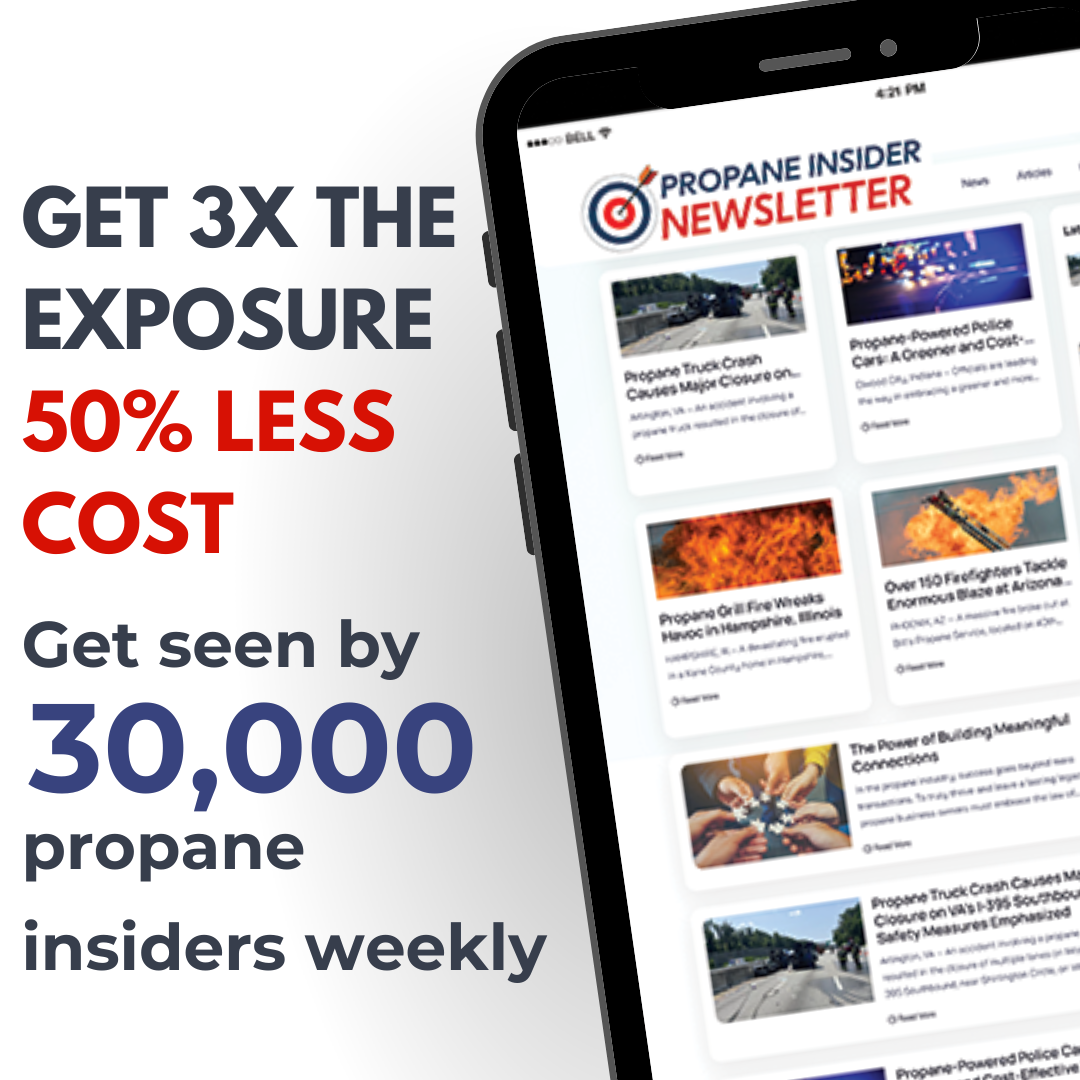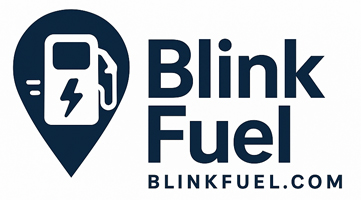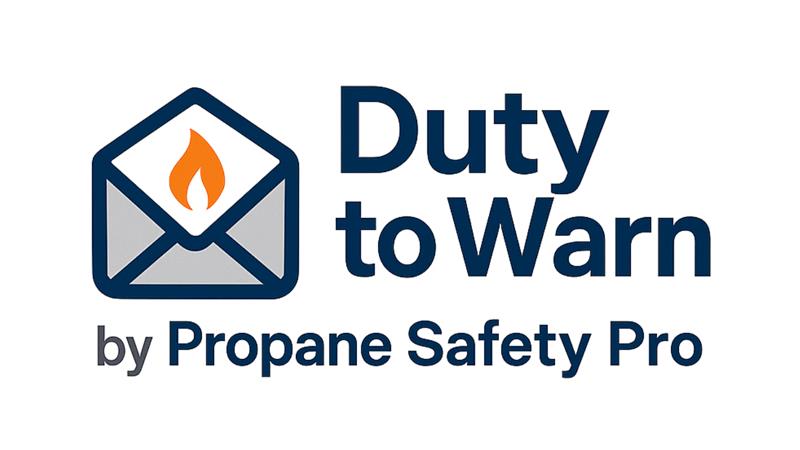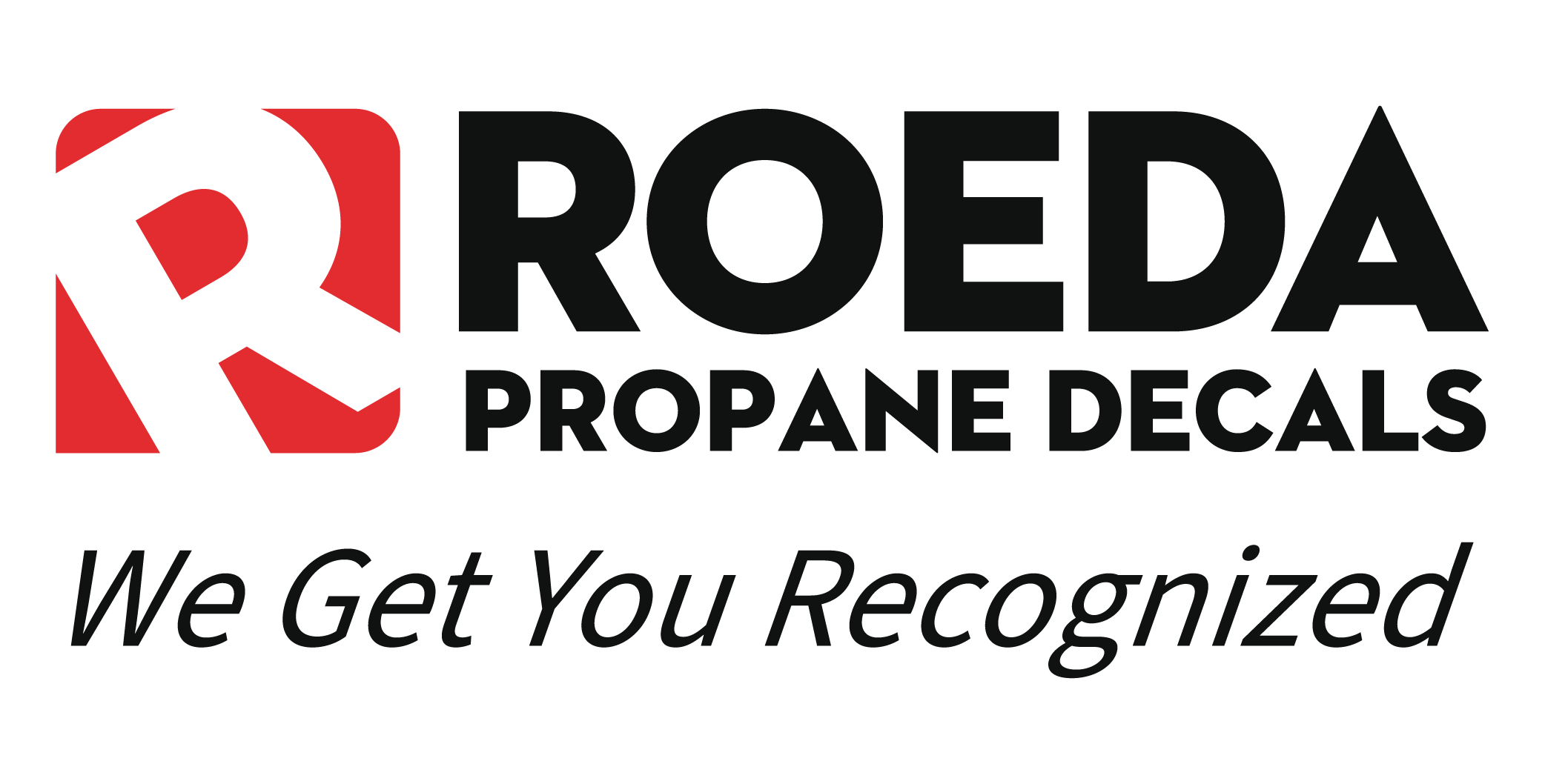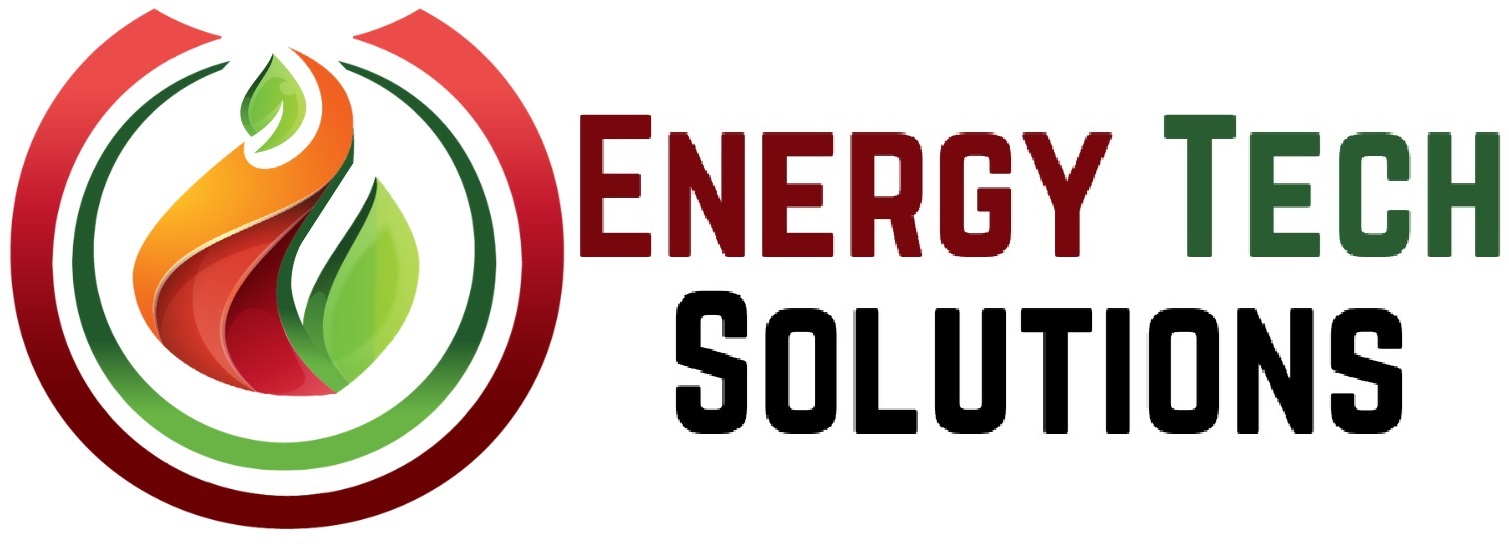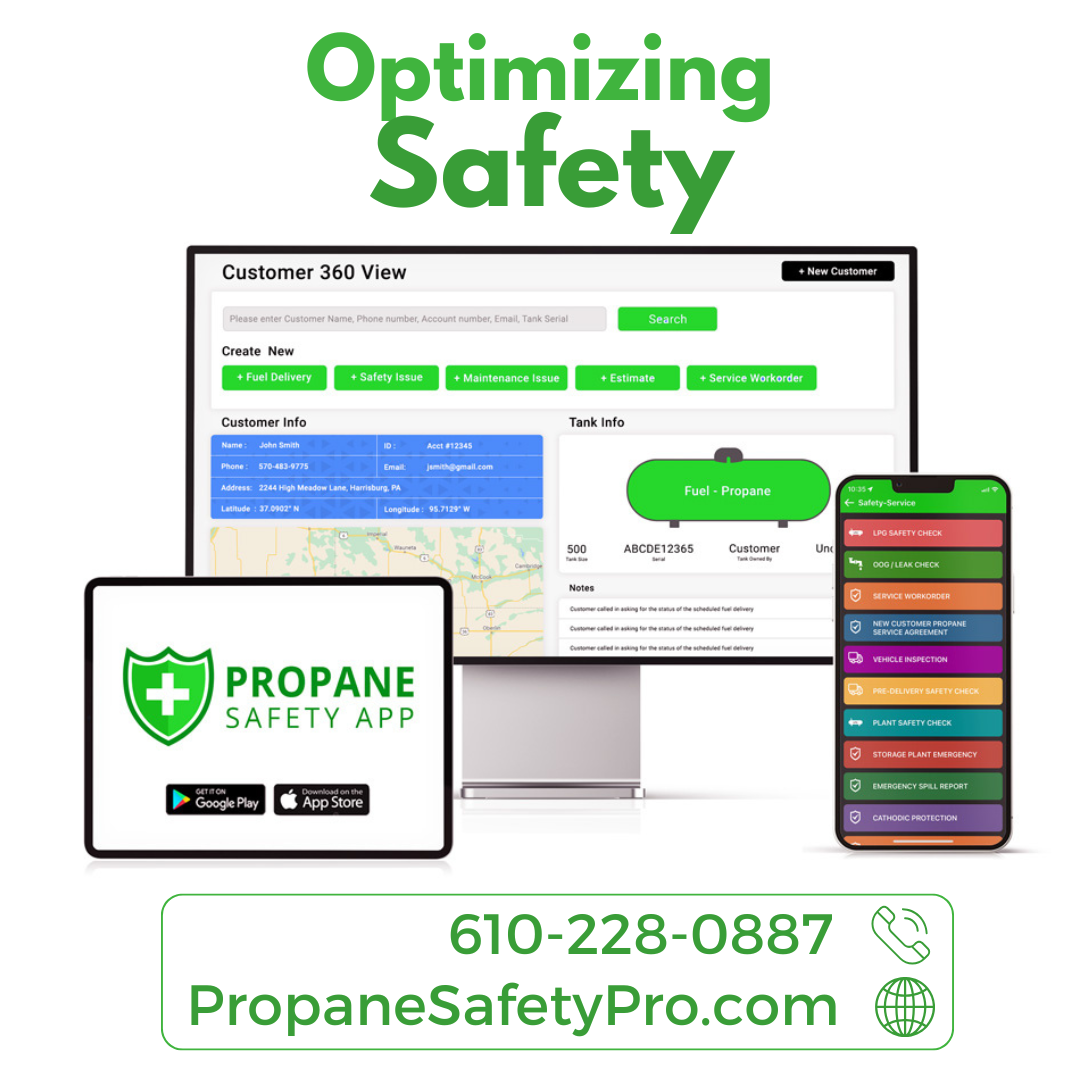Is Local Market Mapping the Key to Smarter Growth?

Expanding your propane business into new areas is never just about delivering more gallons. It’s about making sure you’re providing them in the right places. Many business owners expand into new zip codes without fully understanding the shape of the local market. That’s where local market mapping comes in, and it might be the one step you’re skipping that’s holding you back from more profitable growth.
Local market mapping involves looking closely at customer types, drive times, delivery routes, tank locations, and demand pockets to make smart, low-risk decisions about where to expand. Without it, you could add unnecessary, unwanted miles and costs without any real profit.
Why Guesswork Isn’t Good Enough
You may already feel good about your community and routes, especially if you’ve been in the propane business for years. But the feeling isn’t fact. Relying only on what has “always worked” or basic instincts can lead to wasted fuel, poor delivery timing, and missed growth opportunities. A clear, detailed view of where your tanks are, who your best customers are, and what delivery patterns exist gives you a more substantial base from which to grow.
You need to know where your delivery team spends the most time and where they’re driving the farthest for the least return. That’s important information that you can’t always glean by looking at your customer list alone. With market mapping, you can see it visually and then act on it.
Spotting Gaps and Overlaps
One of the most significant benefits of market mapping is determining delivery gaps or overlaps. You might find that some areas aren’t getting enough attention even though they’re close to your busiest routes. Or, you may see that two routes cover the same roads, adding wear to your trucks and wasting time.
Market mapping also helps identify areas where one more customer could make the route more efficient or where small changes to routing could shorten drive times. These adjustments save fuel, reduce labor hours, and help keep drivers from burning out.
Tying Market Data to Customer Types
Not every zip code brings in the same kind of customer. Some neighborhoods may have mostly seasonal accounts or low-usage households, while others might be full of high-volume users or have more commercial needs. Mapping helps you match customer types to specific areas in order to target your outreach and services properly.
Suppose you know which areas have high-margin opportunities and which ones have lower. In that case, you can strategically adjust your marketing, delivery schedules, and sales focus. It’s not just about going where the people are; it’s about going where the right customers are.
Using Mapping to Plan Smart Expansion
If you’re considering opening a satellite office or adding a bulk tank in a new community, mapping your current delivery zones can do much to guide your decision. It helps you detect areas where your trucks are already making too many long-distance runs or where adding a closer refueling spot could unlock a whole new group of potential customers.
This planning reduces risk because you’re not guessing but looking at real patterns. It’s a way to grow confidently, knowing your expansion plan is supported by actual service data and local trends.
Better Visibility Means Better Decisions
The clearer you see your market, the better and smarter your business decisions will be. From sales planning to delivery efficiency, everything improves when you have a visual tool that shows you where your operation is working well and where it isn’t. Coaching your dispatchers, training your team, and deciding where to invest next all becomes easier and more obvious when you have this kind of clarity made available to you.
Why This Matters
In a competitive market, you can’t afford to waste resources on expansion that doesn’t pay off. Local market mapping helps you avoid guesswork and focus on what’s working. It supports better planning, smarter deliveries, and stronger customer service—all while keeping your operations lean and efficient.
When you use market mapping to guide your next move, you build growth that fits your company’s goals instead of chasing volume that won’t last. That kind of innovative, local-first thinking sets strong propane businesses apart from the rest.
A Smarter Way to Expand with Less Risk
If your goal is to grow in a way that keeps your routes efficient and your customers happy, local market mapping gives you the tools to do it. It helps you expand based on data, not just hope. And in propane, where every mile and minute counts, that can mean the difference between profit and waste.

